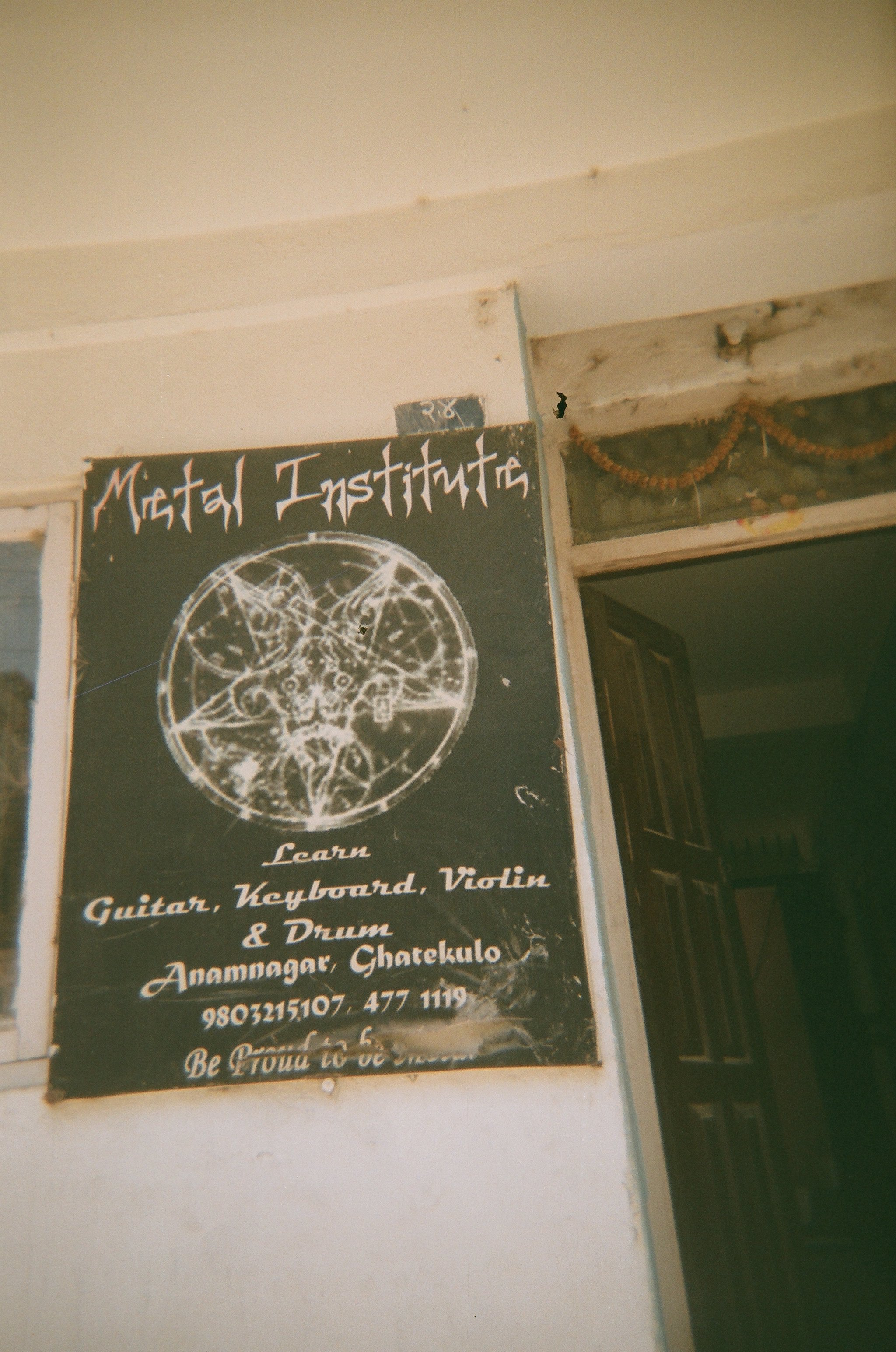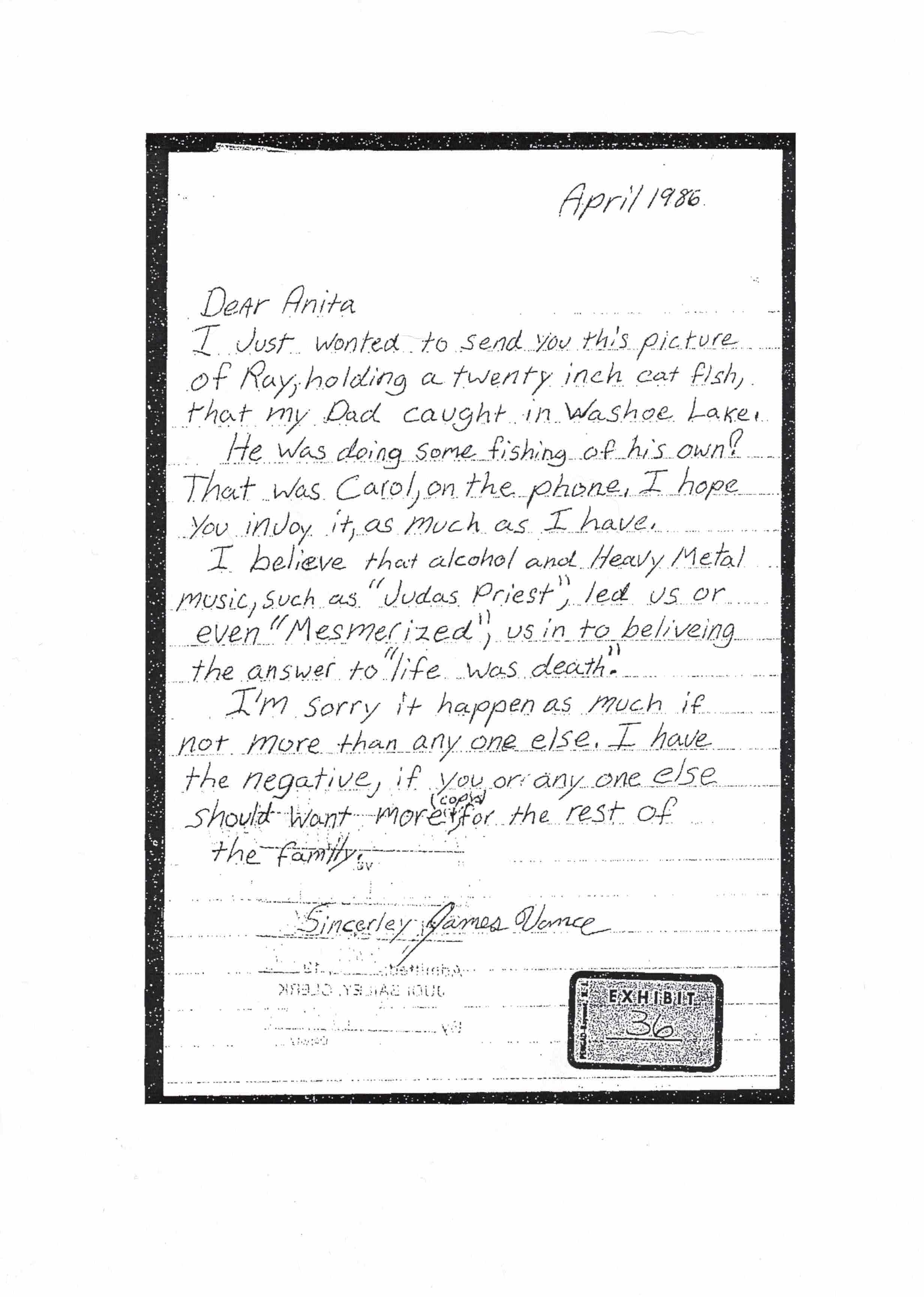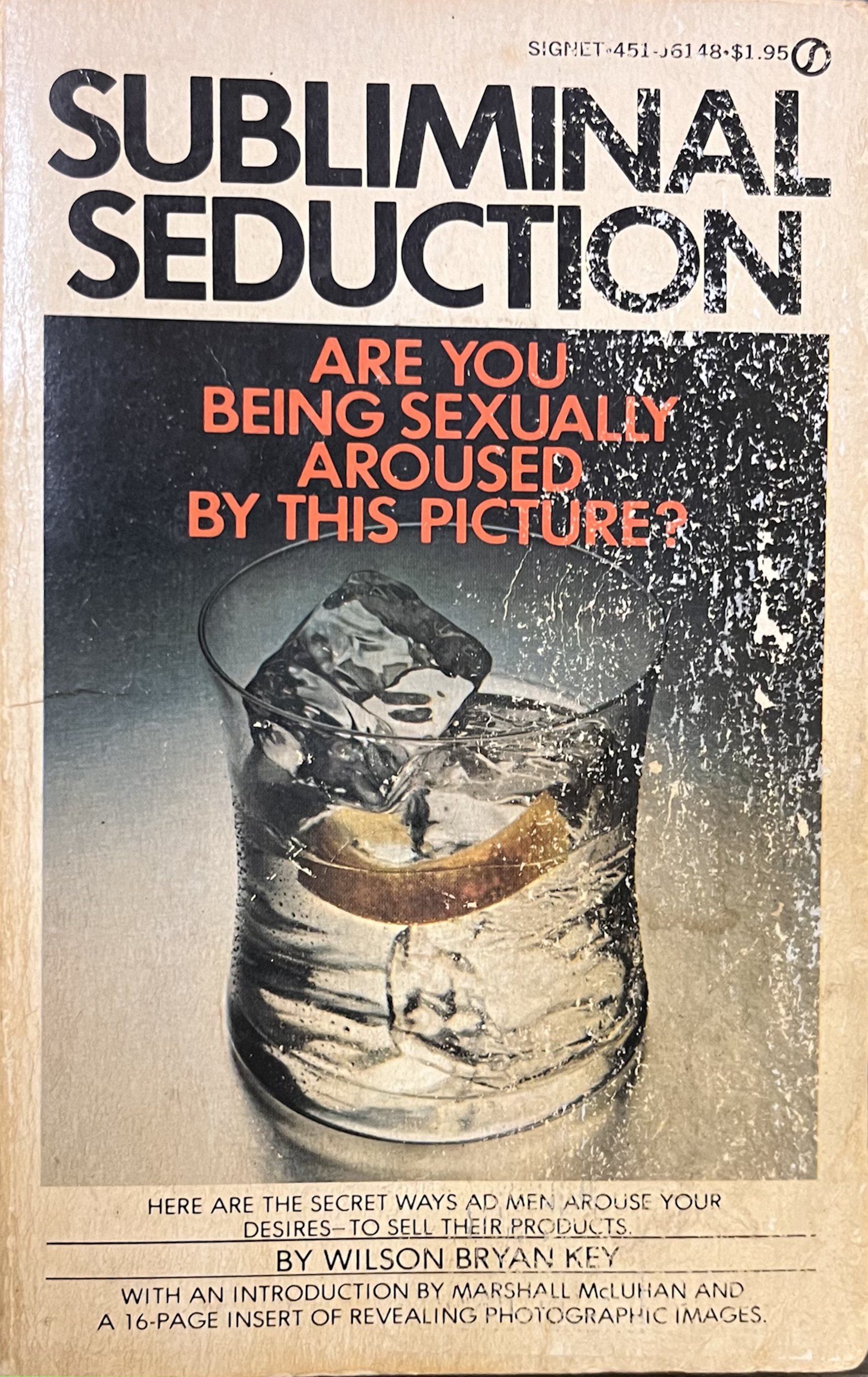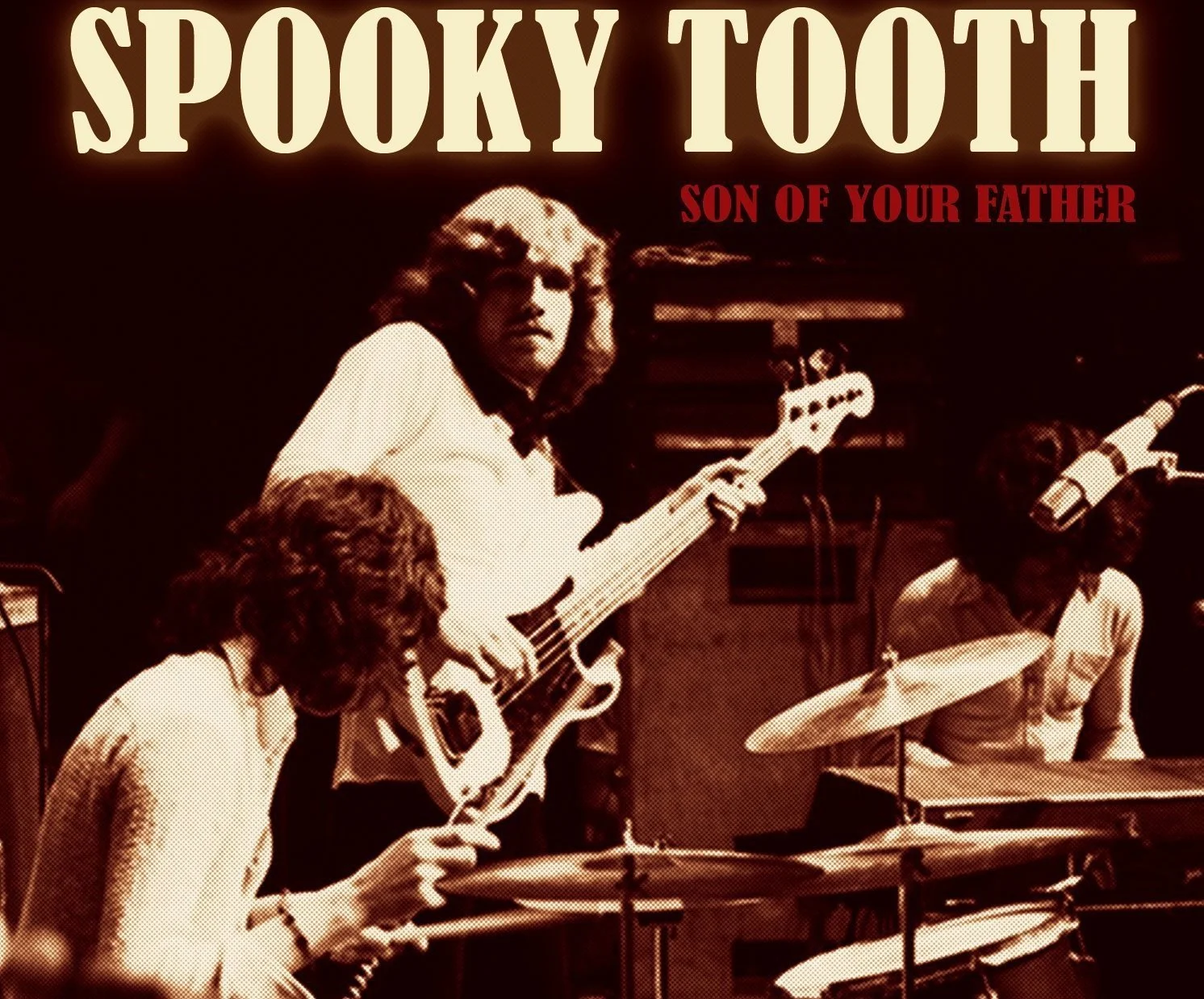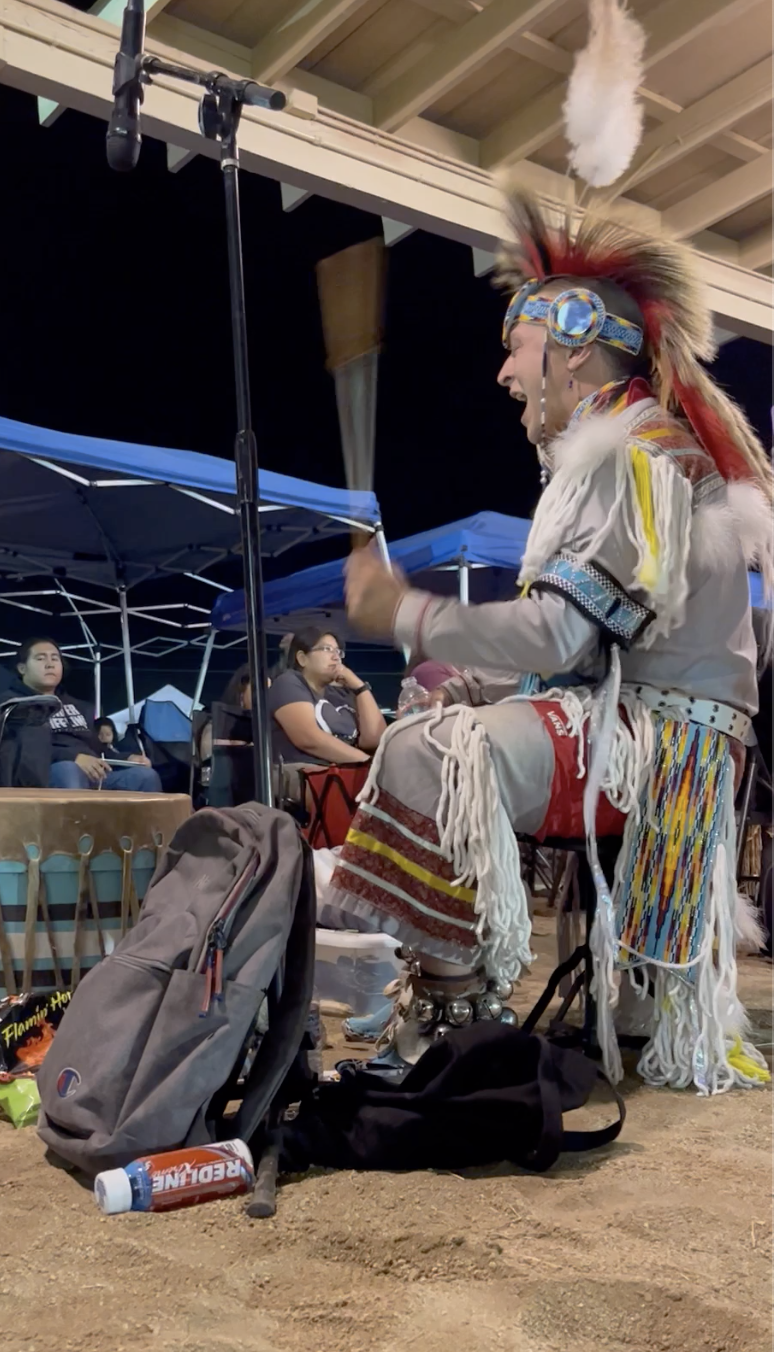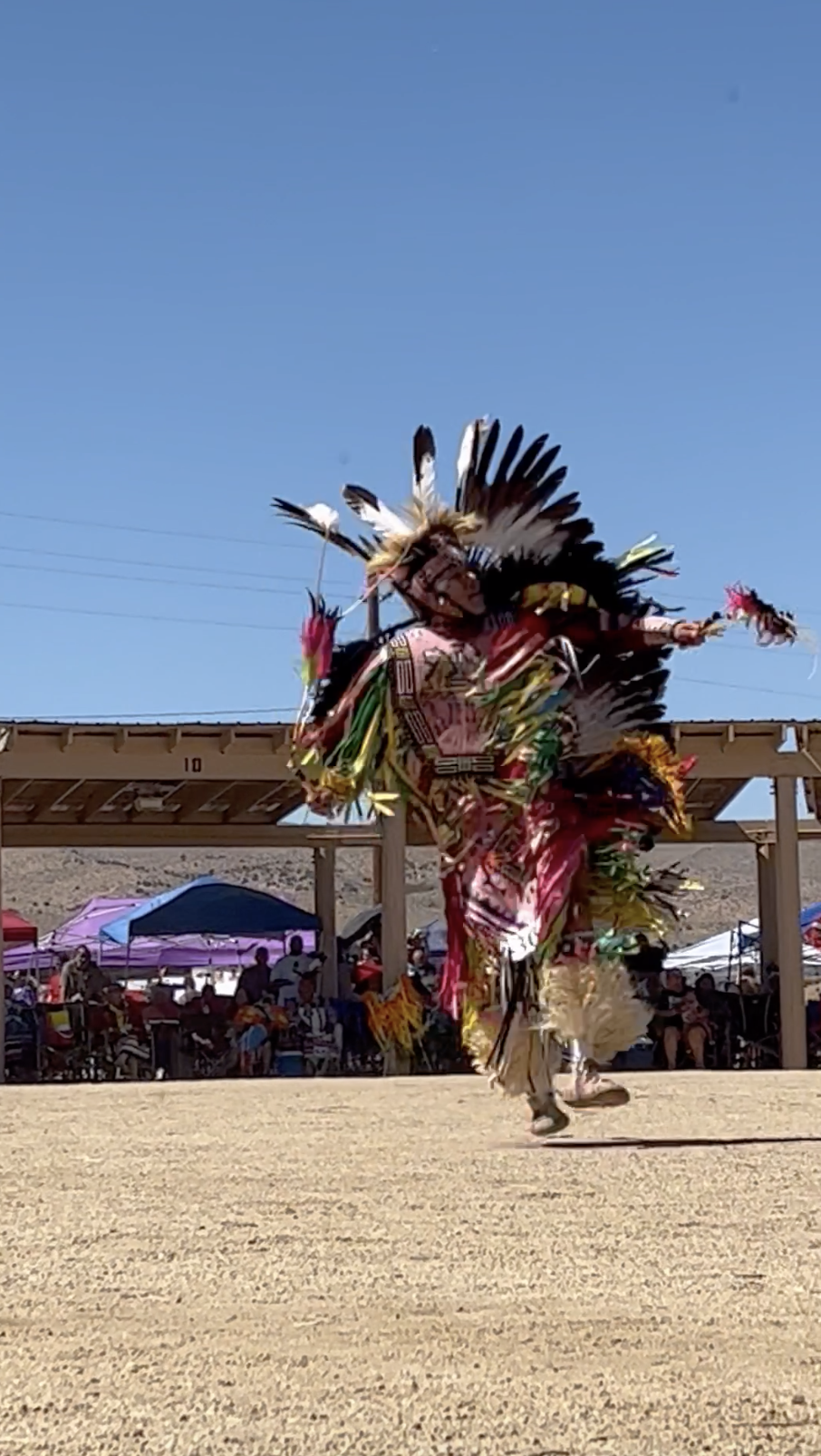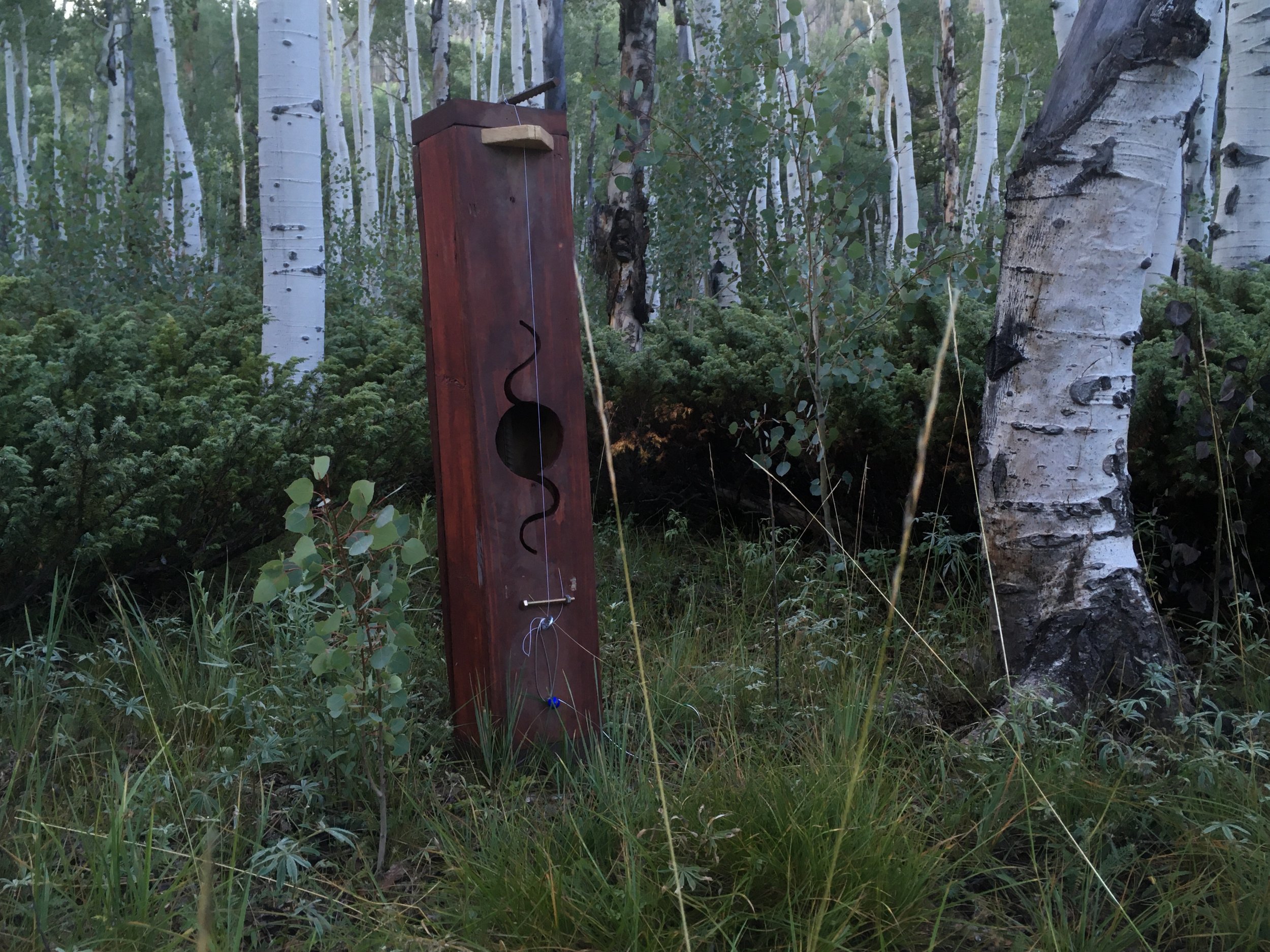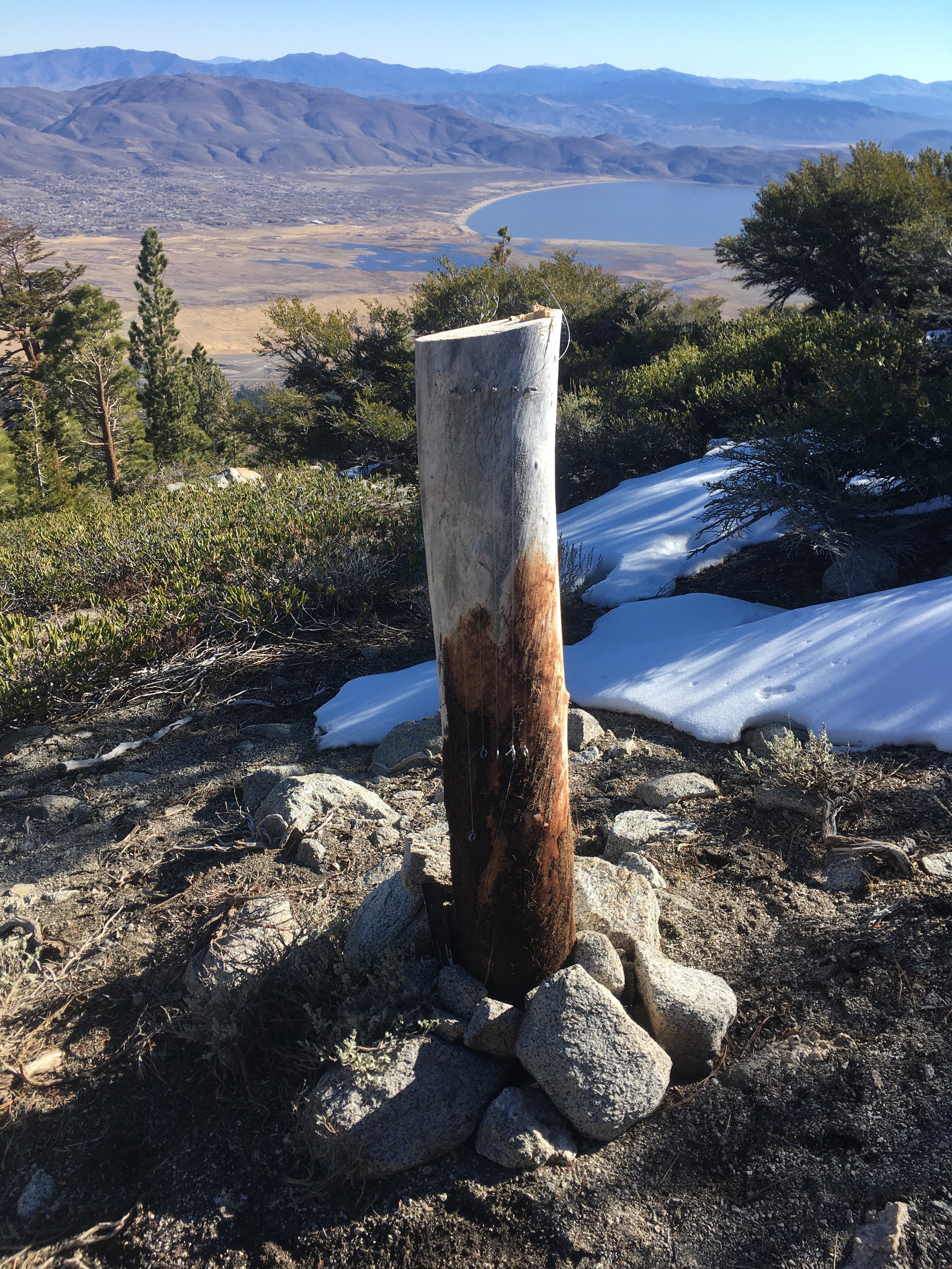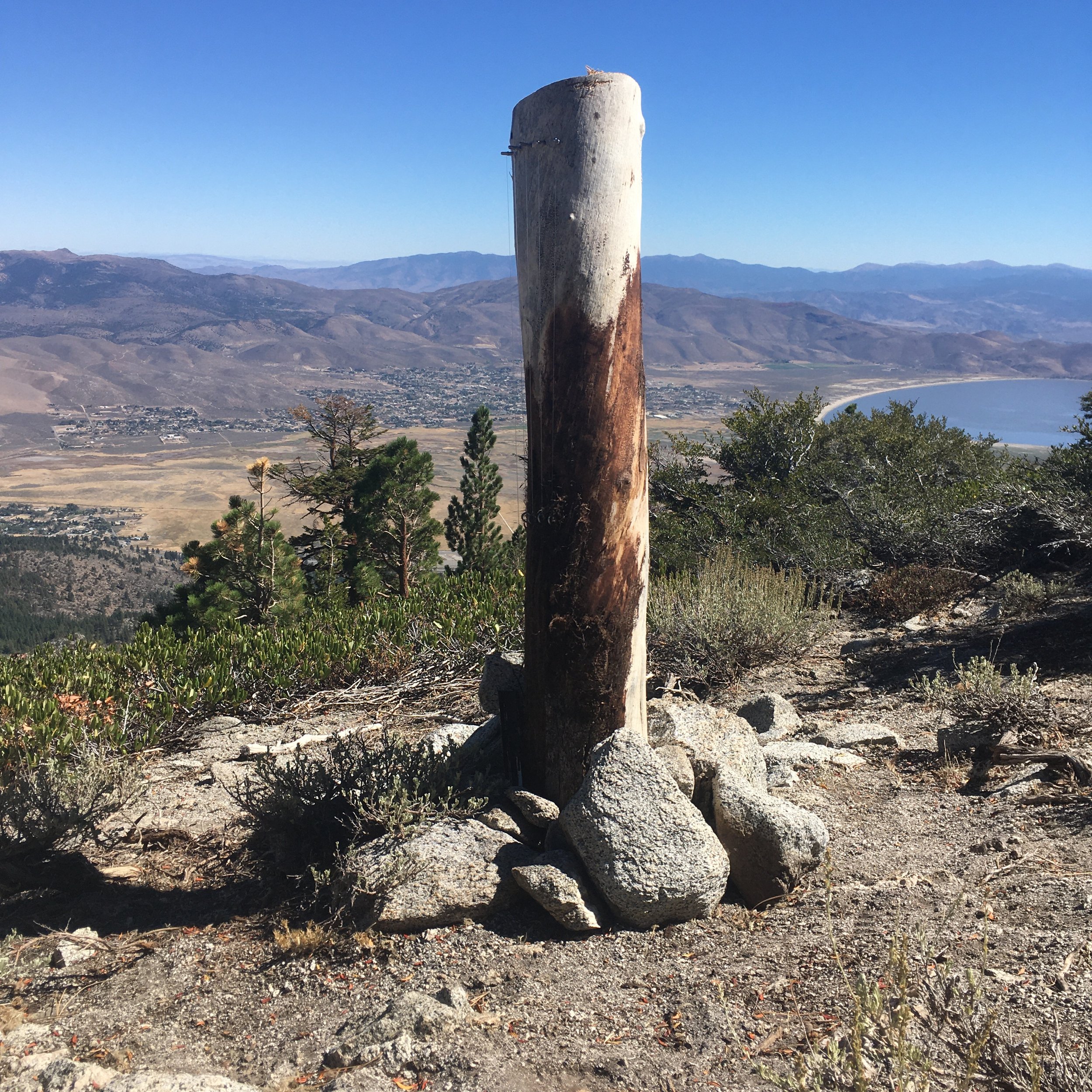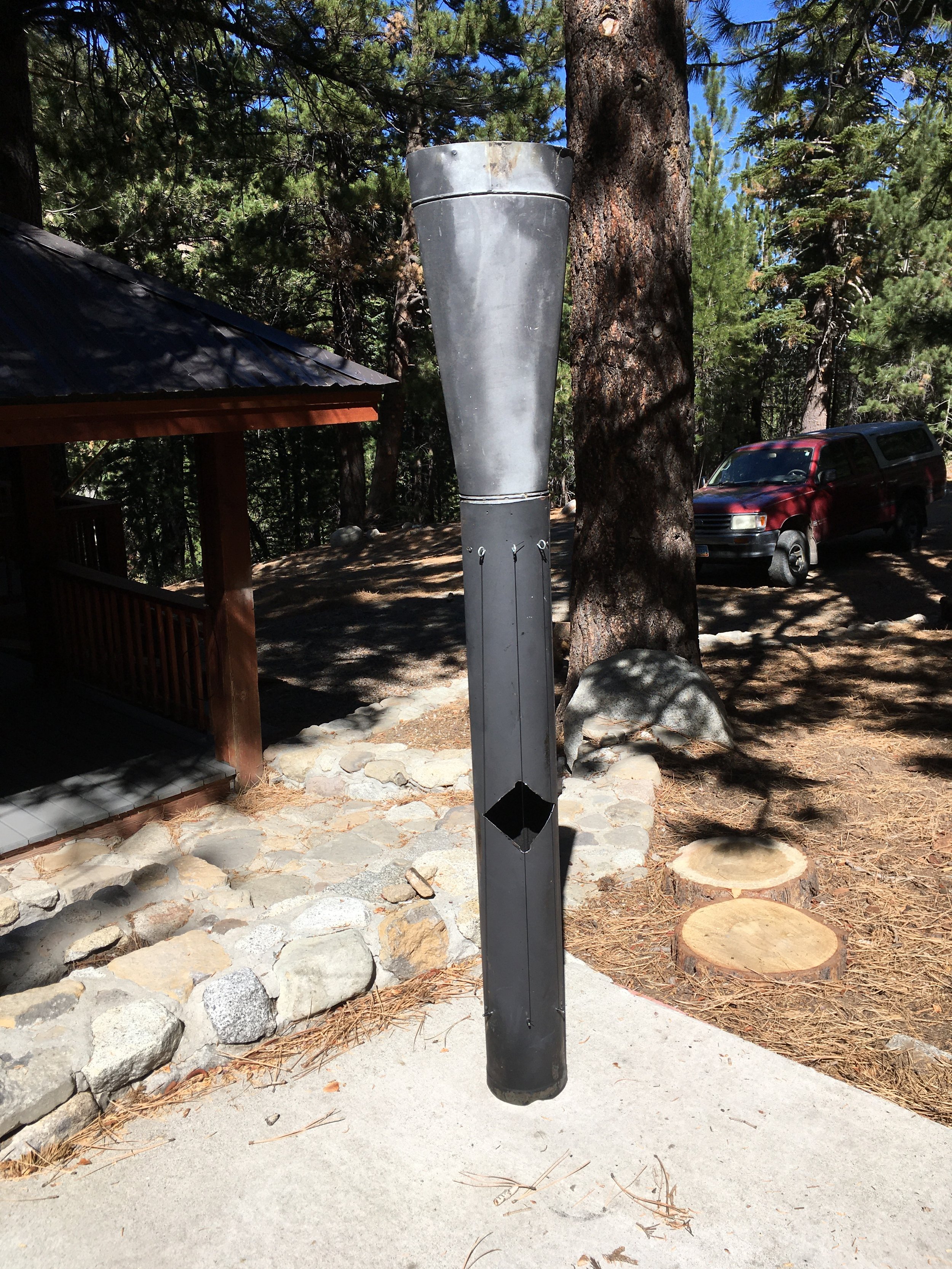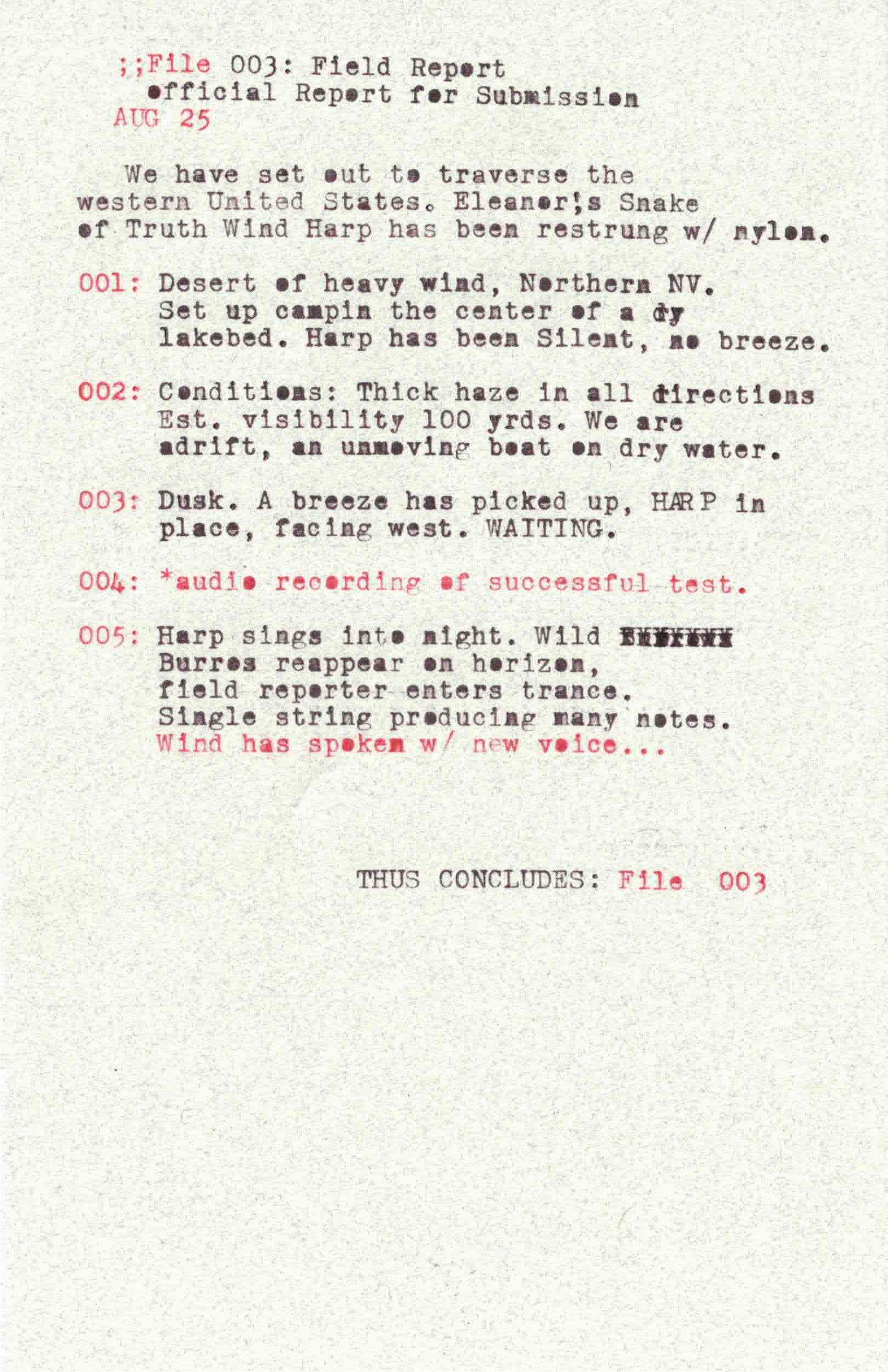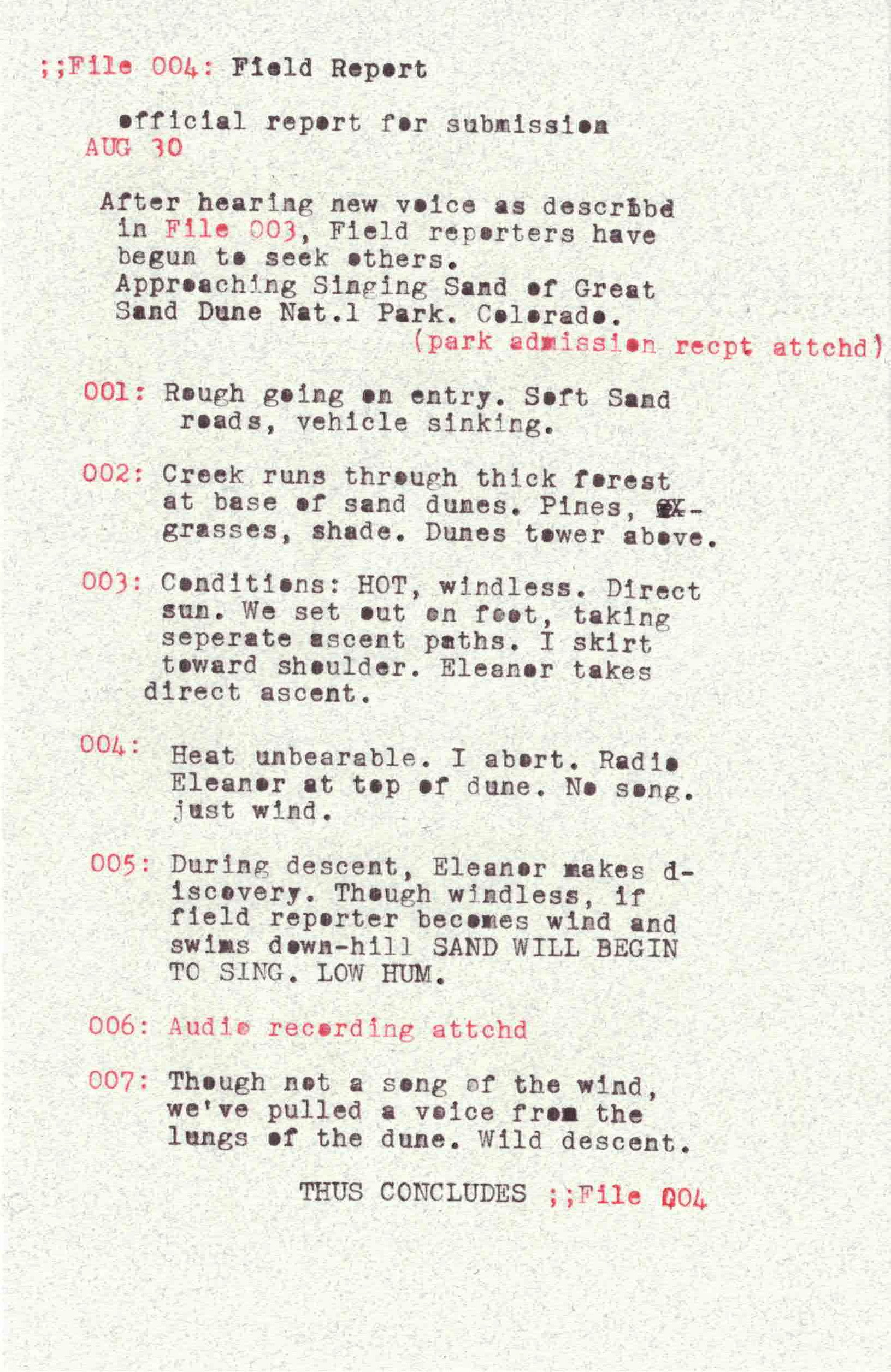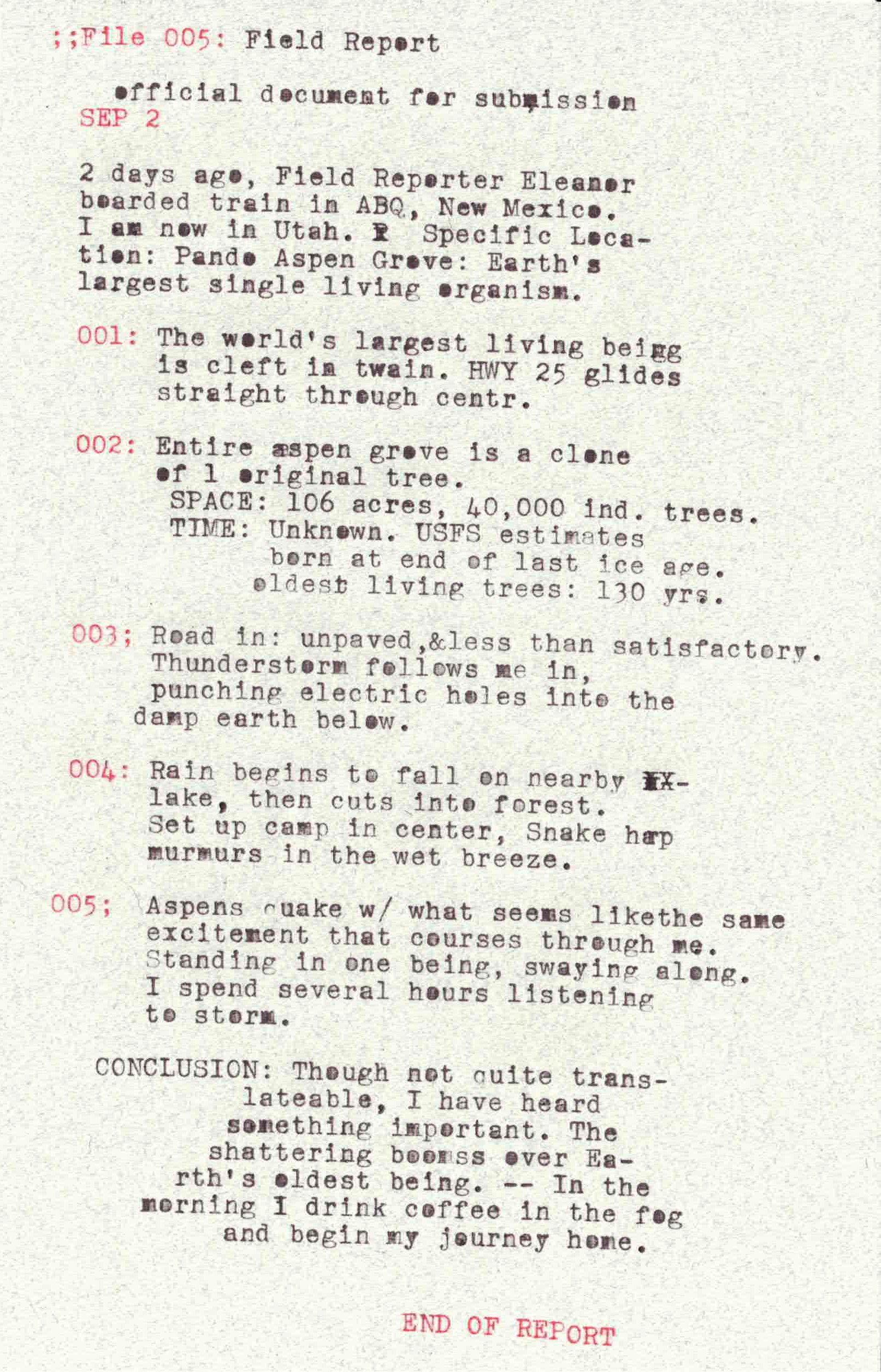A winding ride through the metal scene in Kathmandu, Nepal
The men stand alert in front of an ancient temple. Kathmandu Nepal, and the late spring sun is hot and red on the horizon: beating down the dirt and smooth stone streets into the plaza. An audience congeals around them, and the men, mostly young, in T-shirts and sneakers, nervously approach the demon.
The demon has the body and bare feet of a human… colorful clothing, a belt made of small metal bells, flesh on dirt and stone. But its face is enormous. Its smile is framed by long fangs and its eyes are like the edge of a wilderness. The face is bright red, except for mane of black hair, long and streaked with grey. The demon’s name is Lakhey and as it begins to dance it throws fire into the sky.
When the men cautiously approach, Lakhey stands still, holding a staff, playing it cool. But in the blink of an eye, he snaps into chase and the men, previously taunting and shouting are now in primal flight, sprinting away through traffic into the dusty sunset. The Lahkey disengages, and the men return, and the game repeats.
“ I used to think: how can I form a new band full of experimentation and how can I show the culture of Nepal, you know? How can I represent Nepal by playing metal music?” -Anil Dhital
Lakhey after band practice
Though the origins of Heavy Metal on a global scale aren’t clear cut and more of a culmination of many influences — I don’t think it’s a coincidence that some of the first bands pioneering heavy sounds were from England’s Black Country. This part of the UK was so industrialized in the 19th century that it earned that colloquial name because of the smoke and soot that covered the land. Bands like Black Sabbath and Judas Priest took root in the Black Country and nearby Birmingham in the 1970s, and Sabbath especially made an entire image around this blackened post-industrial landscape.
And I also don’t think it’s a coincidence that the rise of Thrash Metal largely came from southern California in the early 1980s. In Los Angeles, Metallica released their first album in a year where smog was so bad that 227 days failed to meet healthy standards on the Air Quality Index. Not to say that metal is the direct result of air pollution, but it seems that heavy and aggressive forms of expression correlate in some way to an all-encompassing, atmospheric frustration, choking and inescapable.
Prateek: It's a lot to do with society and politics and a bit of illogical religious practices that we kind of have to follow sometimes. So those are the Major sources. The weather is fine though. I went to Finland. We were thinking the same thing, you know: Scandinavia, everything is nice so why are there metal bands there? Then you kind of see their weather and you kind of understand. (laughs) So weather-wise, we're fine. We're probably happy people. But there are a lot of other social frustrations.
Binaash
“These instruments are really sacred // We respect this instrument as a God.”
-Uzan Sahee
Tags, Topics and Mentions: Nepal, Kathmandu, Nepali Metal, Nepal metal music, Death metal, black metal nepal, lakhey, lakhey metal band, lakhey metal music, binaash, ugra karma, death metal nepal, Swayambhunath, prayer flags, kathmandu 666, लाखे नाच, Lakhey dance, Nepal Valley, Music journalism. the wind





